Casiguran: The Coast is Clear
Casiguran represents a historically significant yet underdeveloped area of Aurora, balancing between preserving its natural and cultural heritage and facing pressure from modern development.
General Information about Casiguran
- Location – Northern Aurora, Eastern Luzon
- Region – Central Luzon (Region III)
- Province – Aurora
- Founded – June 13, 1609
- Land Area – Approximately 715.43 km²
- Population – Around 26,564 (2020 Census)
- Barangays – 24
- Languages – Primarily Tagalog, with Ilocano and Dumagat dialects
- Economy – Agriculture (rice, coconut, corn), fishing, forestry, and small-scale industries
- Distance from Baler – Around 120 km north via rugged terrain and coastal roads
Geographic Features
- Casiguran is located along the Casiguran Sound, a large bay facing the Philippine Sea.
- The area includes coastal plains, forested hills, and mountain ranges, part of the Sierra Madre.
- It is one of the most remote municipalities in Aurora, yet rich in natural resources and biodiversity.
Historical Background of Casiguran
Spanish Period
- Established as a mission town in 1609 by Franciscan missionaries, the same year as Baler.
- The name “Casiguran” is believed to have originated from the word “Sigod” or “Sigur,” a local term meaning “edge” or “beginning” — referencing its location at the northern edge of the province.
- Like Baler, Casiguran remained relatively isolated due to the rugged terrain and lack of infrastructure.
Colonial and Early Post-Colonial Era
- Casiguran served as a trading and religious outpost during the Spanish period, but development was slow.
- It became part of Tayabas Province, and later Quezon, until Aurora Province was created in 1979.
- Dumagat and Agta communities continued to live in the forests and coasts, maintaining their traditional lifestyles despite colonization.
Modern Period and Infrastructure Plans
- In recent decades, Casiguran gained national attention due to the establishment of Aurora Pacific Economic Zone and Freeport (APECO):
- Once a controversial development project aimed at creating a special economic zone and international port.
- Initially faced strong opposition from some local residents and indigenous groups, due to concerns about land rights, displacement, and environmental impact.
- Now APECO is undergoing massive transformation, with numerous infrastructure projects underway to serve the local community, investors and tourists alike.
- Casiguran remains largely rural, with increasing tourism potential thanks to its beaches, mangroves, and marine sanctuaries.
Culture and Community
- The municipality is a mix of Tagalog, Ilocano, and Dumagat communities.
- Religious traditions, including Catholic fiestas, coexist with indigenous beliefs and customs.
- Agriculture and fishing form the backbone of the local economy, with coconut, palay, and corn as primary products.
Key Landmarks and Attractions
- Casiguran Sound – a large bay suitable for fishing, boating, and aquaculture
- Dumagat cultural areas – home to indigenous communities with unique traditions
- Mangrove forests and marine sanctuaries – under environmental protection and potential eco-tourism areas
- APECO complex – symbol of both economic ambition and socio-political conflict
- Casapsapan Beach – fine, creamy gray sandy beach stretching for several kilometers; secluded and serene which serves as a pristine peaceful escape from crowded tourist spots; also known for its untouched mangrove forests
Timeline of Major Events
- 1609 – Casiguran founded by Franciscan missionaries
- 1735 – Survived the same tsunami (tromba marina) that devastated Baler
- 1979 – Became part of the newly created Aurora Province
- 2007 – APECO established by law (Republic Act 9490)
- 2012 – Protests and legal actions regarding APECO’s land use and indigenous rights
| CASIGURAN EMERGENCY HOTLINES | |
| Tourism Office | 0961-0579493 |
| Municipal Health Office | 0927-48545710950-3623368 |
| Municipal Disaster Risk Reduction and Management Office (MDRRMO) | 0921-7601240 |
| Provincial Disaster Risk Reduction and Management Office (PDRRMO) | 0963-7427777 |
| Aurora Electric Cooperative (AURELCO) | 0999-9772735 |
| Philippine National Police (PNP) | 0998-5985341 |
| Bureau of Fire Protection (BFP) | 0950-81292120917-1590230 |
| Philippine Coast Guard (PCG) | 0981-2849305 |
Casiguran Hotels

Triple S Lodge
Located in Brgy. Calantas, offers simple, budget-friendly lodging ideal for travelers seeking a practical and convenient stay.
READ MORE
Mille-Lann Lodging House
It is situated in Brgy.. Calangcuasan, provides a comfortable and budget-friendly stay in a quiet and convenient location.
READ MORE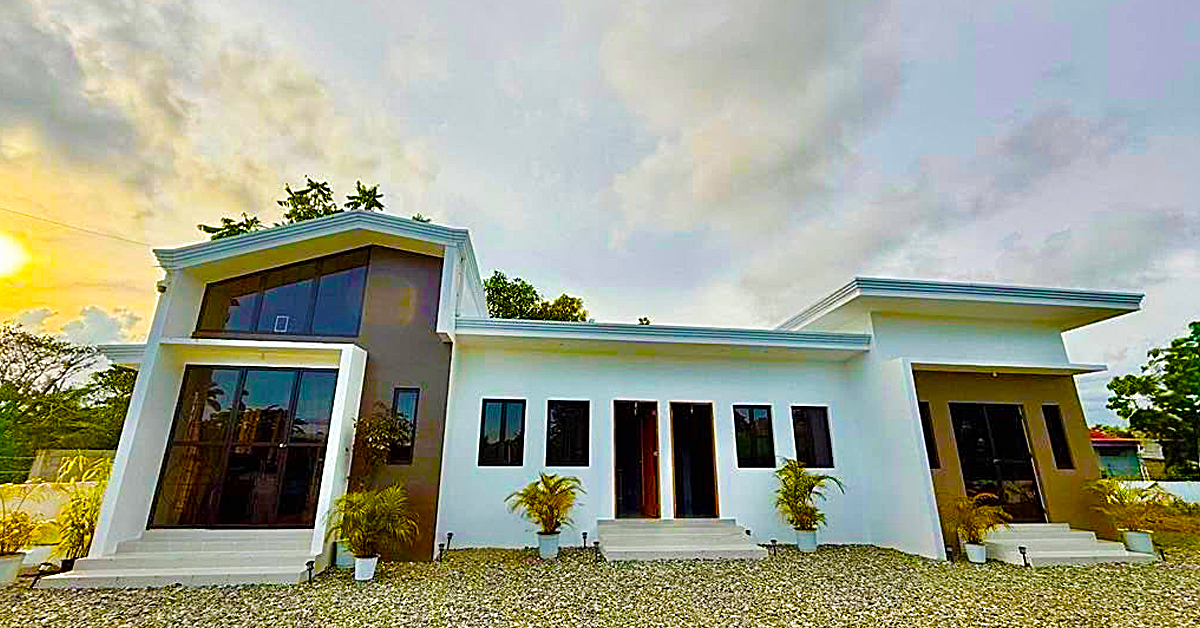
Villa Valencia Transient House
A newly built, affordable lodging option with clean, modern rooms, providing travelers a comfortable and convenient place to stay.
READ MORE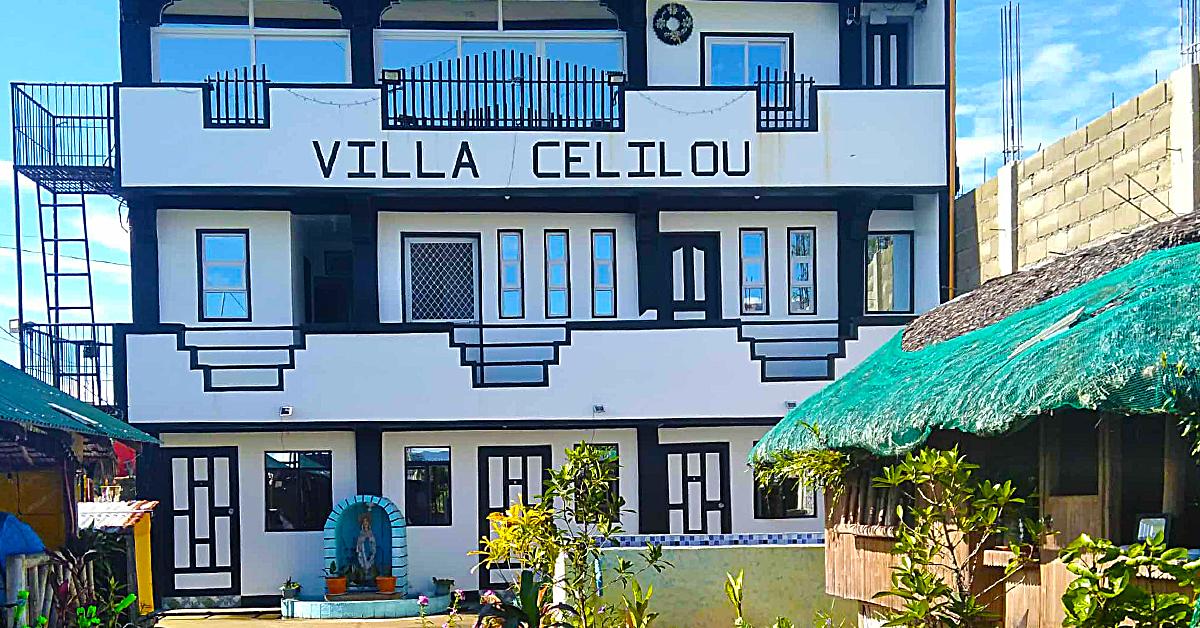
Villa Celilou Transient and Karaoke Bar
A lively and budget-friendly spot offering cozy accommodations, a family-friendly pool, and day-to-night tour experiences – perfect for travelers looking to relax and have fun.
READ MORECasiguran Restaurants
View all 4 casiguran-restaurants

1128 Tea and Cafe
A cozy café known for its wide range of teas and coffee-based drinks, complemented by a selection of pastries and light meals.
READ MORE
Enter Town Resto Bar
A vibrant spot offering a mix of local and international dishes, along with a selection of beverages, perfect for evening hangouts.
READ MORE
Madodiza Bu Tea’s Food Hauz
Combines a tea house ambiance with a diverse menu, catering to those looking for light snacks and beverages.
READ MORE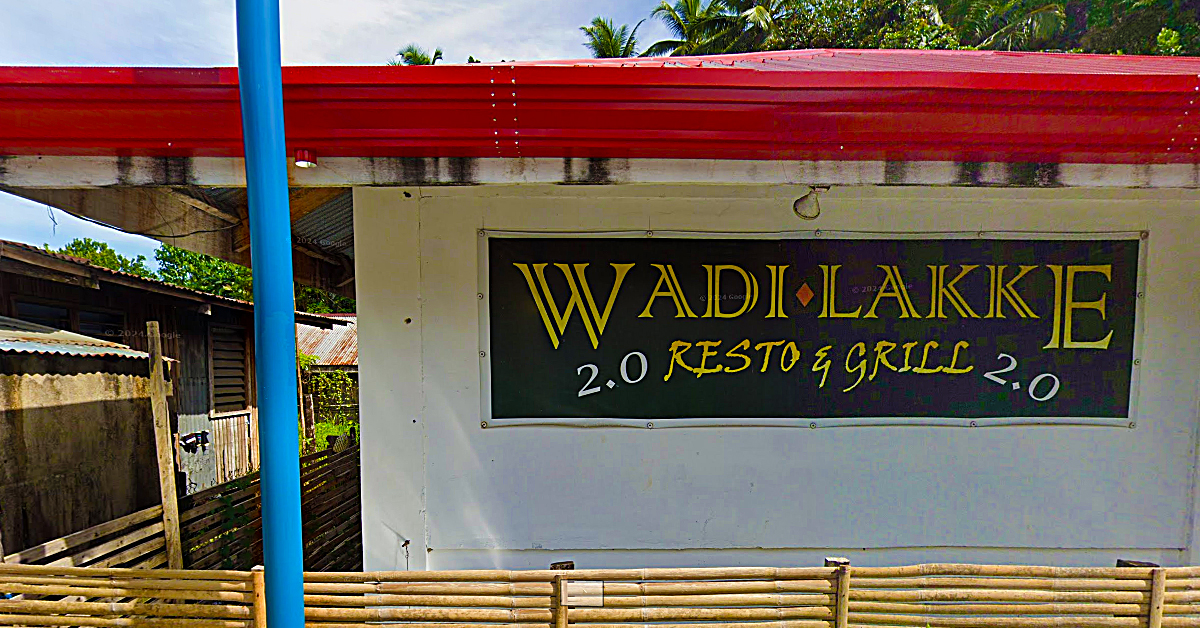
WADI LAKKE Resto and Grill
Offers a variety of grilled specialties in a casual setting, making it a popular choice for gatherings and casual dining.
READ MORECasiguran Attractions
View all 4 casiguran-attractions

Nuestra Señora Dela Ermita Church
A historical church that stands as a testament to Casiguran’s rich cultural and religious heritage.
READ MORE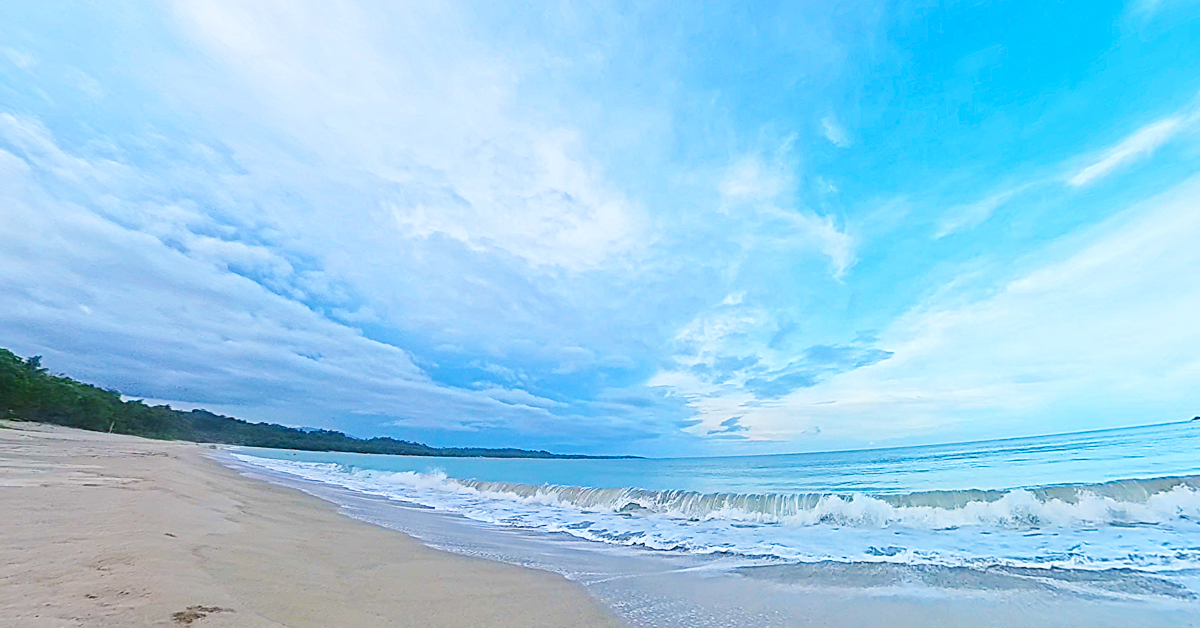
Dianao Beach
A lesser-known beach that offers a pristine shore and tranquil setting, perfect for those seeking solitude and virgin natural beauty.
READ MORE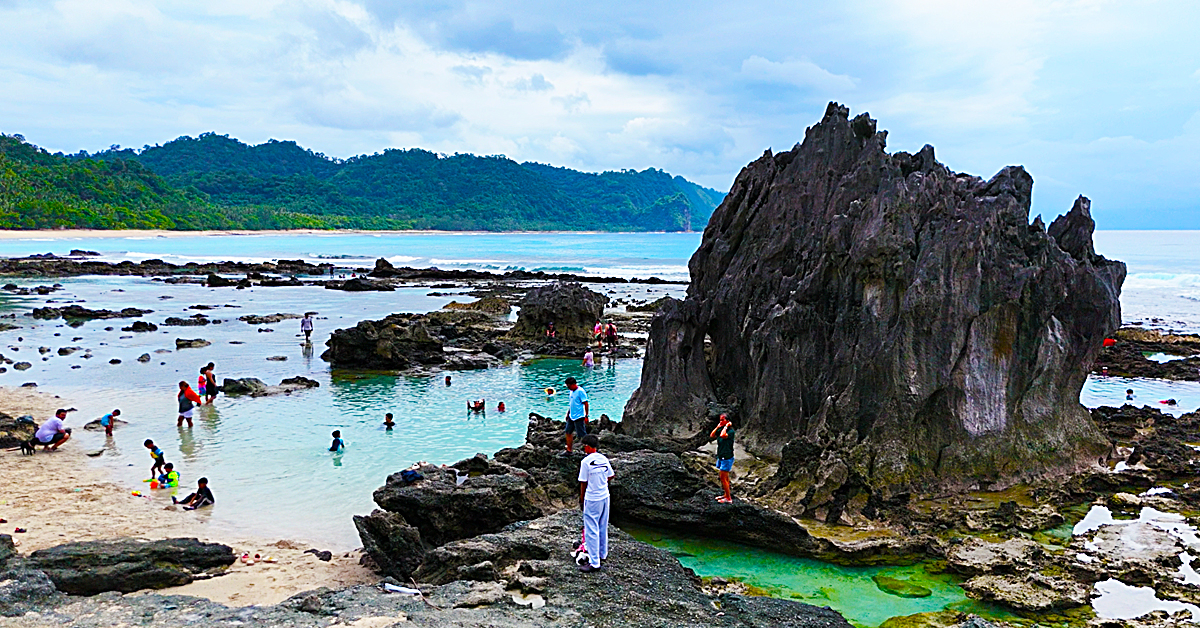
Tibu Tidal Pool
Located in Barangay San Ildefonso, this natural tidal pool features crystal-clear waters surrounded by unique rock formations.
READ MORE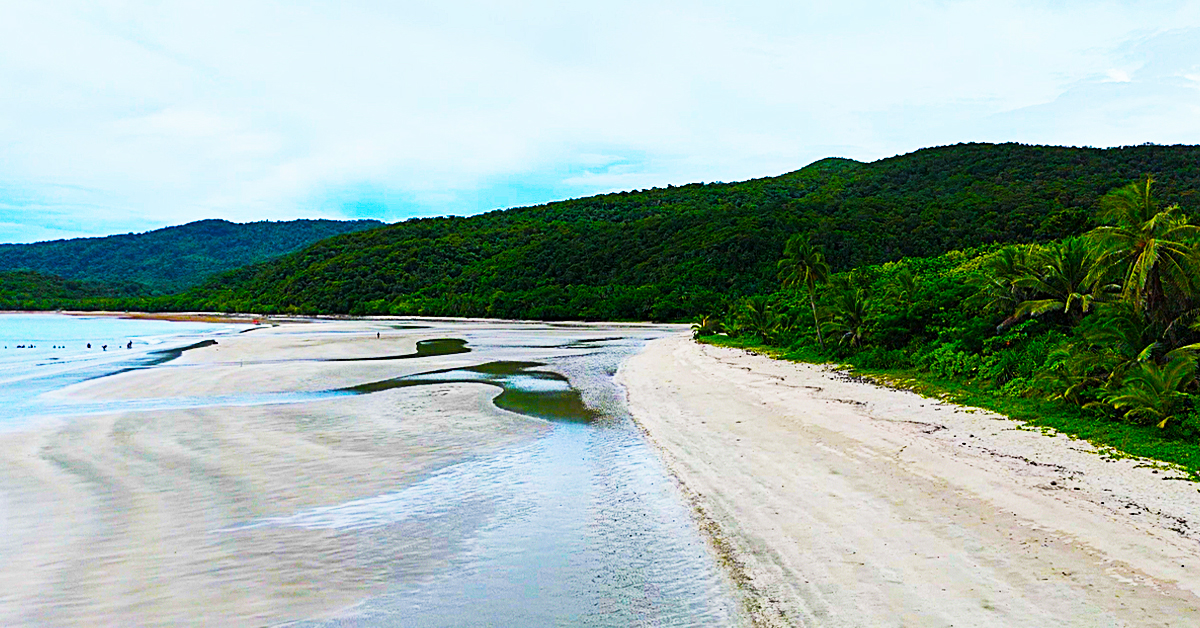
Casapsapan Beach
A three-kilometer stretch of cream-colored sand lined with palm trees and clear waters, Casapsapan Beach is perfect for a relaxing day by the sea.
READ MORE